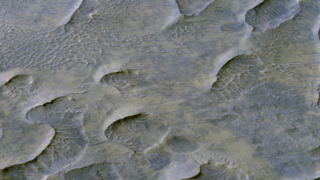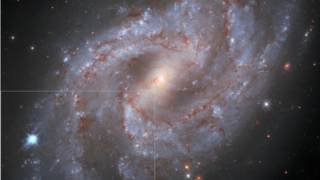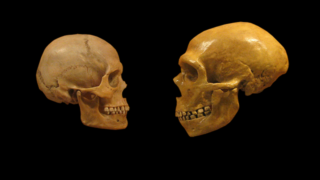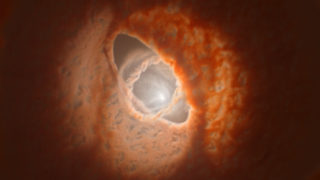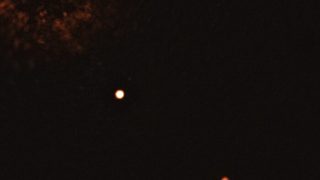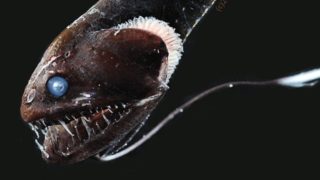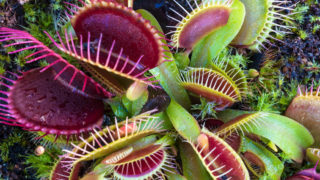
MI weekly selection #393
Humans may pose SARS-CoV-2 risk to wildlife There is a significant risk that SARS-CoV-2 will be transmitted by people to wildlife populations, where it could spread and imperil already endangered species. The virus could persist in short-lived species, such as mice, and it could mutate in wild animal populations and be reintroduced into human populations […]
